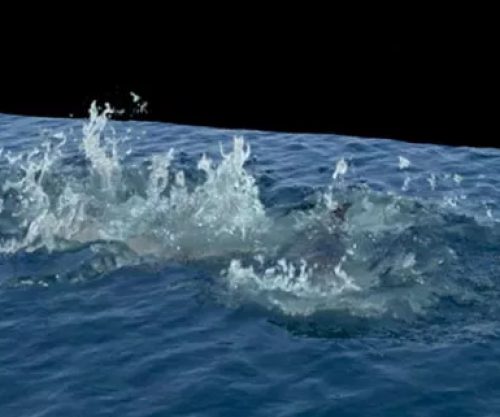

We would greatly appreciate this and so many other people out there, as the question has remained unchallengeable for long. Is there a way to make a request for Linus and his team to prepare a benchmark like this? We could provide scenes files for differents scenarios. New to Realflow 10, and have been looking for info with no luck yet. At first sight, appears to be no impact in this kind of computational job, but then again, no real data comparisson between lower and higher ram frecuencies modules.

You have to bring a maya object 'into' bifrost, do something, bring it back out, where it appears just as a single object in Maya. Professionals are divided between higher frecuency vs core number, but there´s and absolute lack of real data or benchmarks.Īlso we have the same doubts regarding ram frecuencies. Bifrost has improved, but its still a bolt on addition to Maya. In this video, we can see the comparison between the first The Matrix, with the real Neo, Keanu Reeves, and the CGI version in Matrix Awakens Unreal Engine 5 Experience. Read an overview of the new features in Bifrost for Maya 2.3 on Autodesk’s blog. The release of The Matrix Awakens was accompanied by the very high-quality demo video game ‘ The Matrix Awakens: An Unreal Engine 5 Experience ‘. Subscriptions cost 215/month or 1,700/year.
BIFROST VS REALFLOW WINDOWS
Maya itself is available for Windows 10, RHEL/CentOS 7.6-7.9 or 8.2 Linux and macOS 10.13+. I know there´s a ton of benchmarks regarding 3d rendering, and the general tendency is more cores the better, but in what 3d simulation refers, no consensus at all. Bifrost for Maya 2.3 is available for Maya 2019+ running on Windows, Linux and macOS. You can change the default working units in Maya, which are in metric, but it is recommended to leave them unchanged as some tools in Maya have a set type, for example, Nucleus and. I compared it to RealFlow, a fluid and particle simulati. Today’s blog is all about the dynamics of fluid simulation. These are 4 tests that I threw together to test Maya 2009's new nParticles liquid simulation option. Destruction, fluids, pyro, and particles are the systems you just named. Here you can acquire a clear concept of fluid simulation either in Bifrost or Hybrido.
BIFROST VS REALFLOW SOFTWARE
I´m from a 3d studio and we´ve been talking lately to build a pc just for simulations for the software mentioned on the title (things like calculating fluids, smoke or fracture is highly computing demanding, and workflow could become relly slow if you need to repeat several times the same scene). Sometimes you may want to change Maya's default settings, either to simplify workflows that involve software that uses a different scale, or to correspond with other measurements, for example, Imperial units. You can make great work with those plugins however theres a lot less flexibility as (generally speaking) theyre a black box and dont have interoperability with each other.


 0 kommentar(er)
0 kommentar(er)
